Safety in the face of the Anglophone Crisis: What does Safe mean to us?
Obedine-Flore Nagna, Cameroon
The Anglophone crisis in Cameroon, which began in 2016, has caused widespread internal displacement and violence, and has had a profound impact on the livelihoods of thousands of people. My photography essay documents the stories of young people affected by the conflict, exploring how the ongoing crisis has shaped their identities, aspirations, and futures.
As violence continues to disrupt daily life in the Northwest and Southwest regions of Cameroon, the concept of safety has taken on new meanings for those growing up amid uncertainty. For many children, the traditional markers of safety—home, school, and community—have been redefined by the reality of conflict.
Before the crisis, safety meant the comfort of a familiar routine: children walking to school, families working together to harvest crops, and communities gathering in local markets. But as the conflict escalated, safety became synonymous with survival—escaping gunfire, avoiding military confrontations, and protecting loved ones. The violence forced many families to abandon their homes, seek refuge in overcrowded shelters, and adapt to a life constantly on the move. Amidst this turmoil, the youth have found themselves at a crossroads, caught between holding on to memories of peace and navigating the harsh conditions of the present.
From children’s small victories in continuing their education, to families rebuilding homes destroyed by the conflict, the images in my photo essay reflect the evolving meaning of safety. Through their stories, we witness a generation that refuses to be defined by the violence surrounding them. Instead, they are reshaping their futures with courage and determination, even as the crisis continues to cast a long shadow over their lives.
“We do this every day,” said Esther, as she stirred the pot with her children playing by her feet. “The fire is warm, and the smoke keeps us all together.” The kitchen has become more than just a place for cooking—it’s where my kids and I find moments of peace in our daily routine.
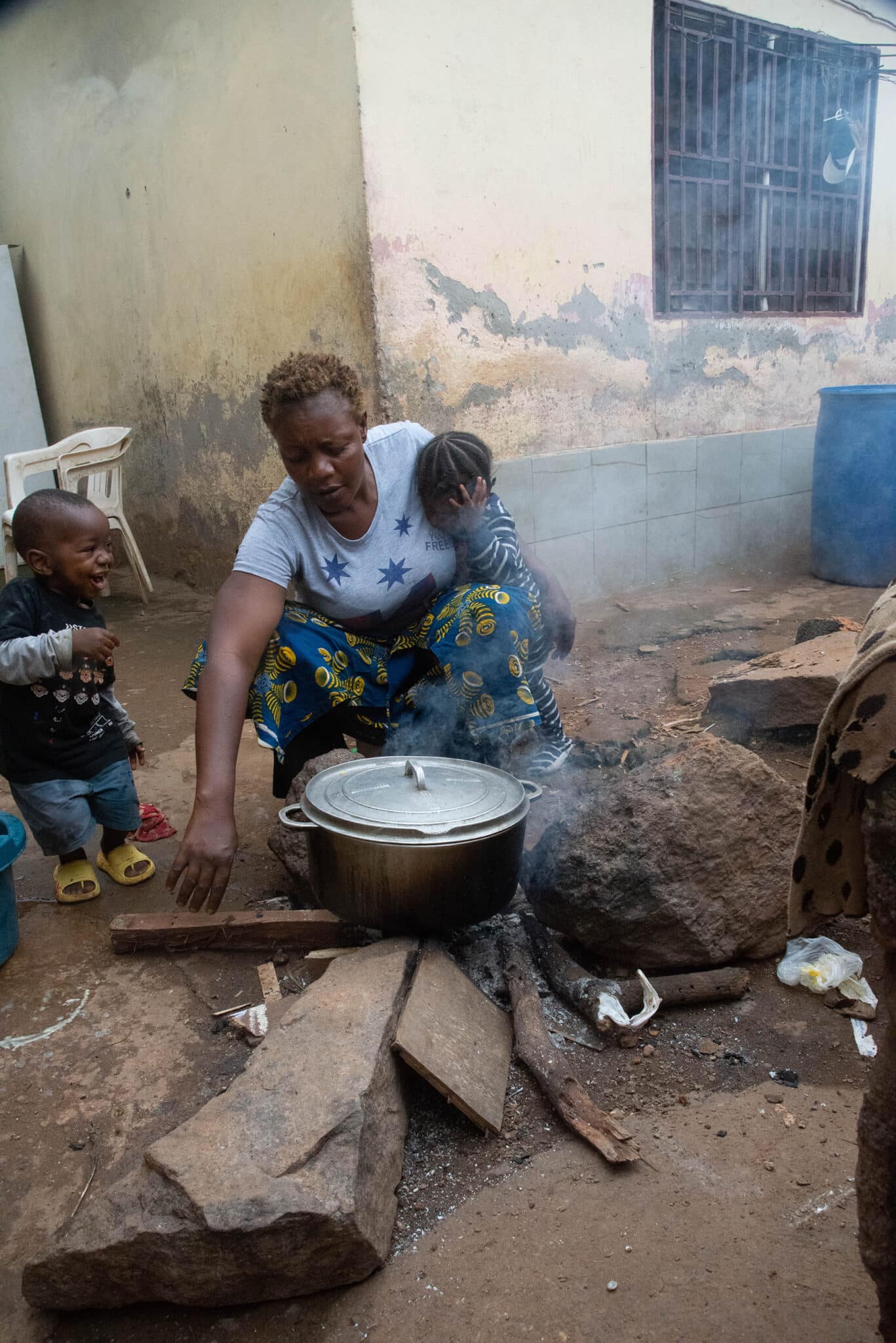
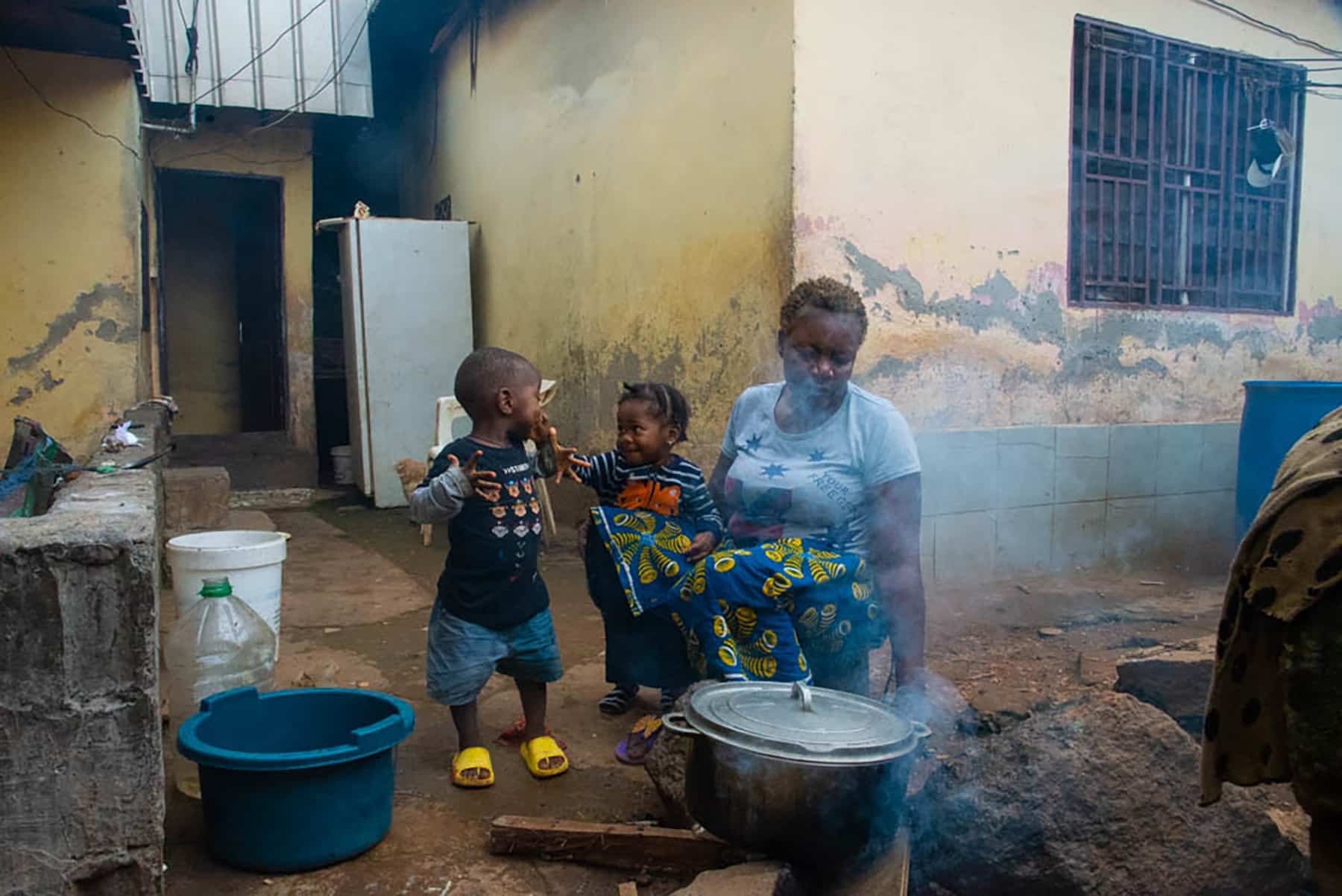
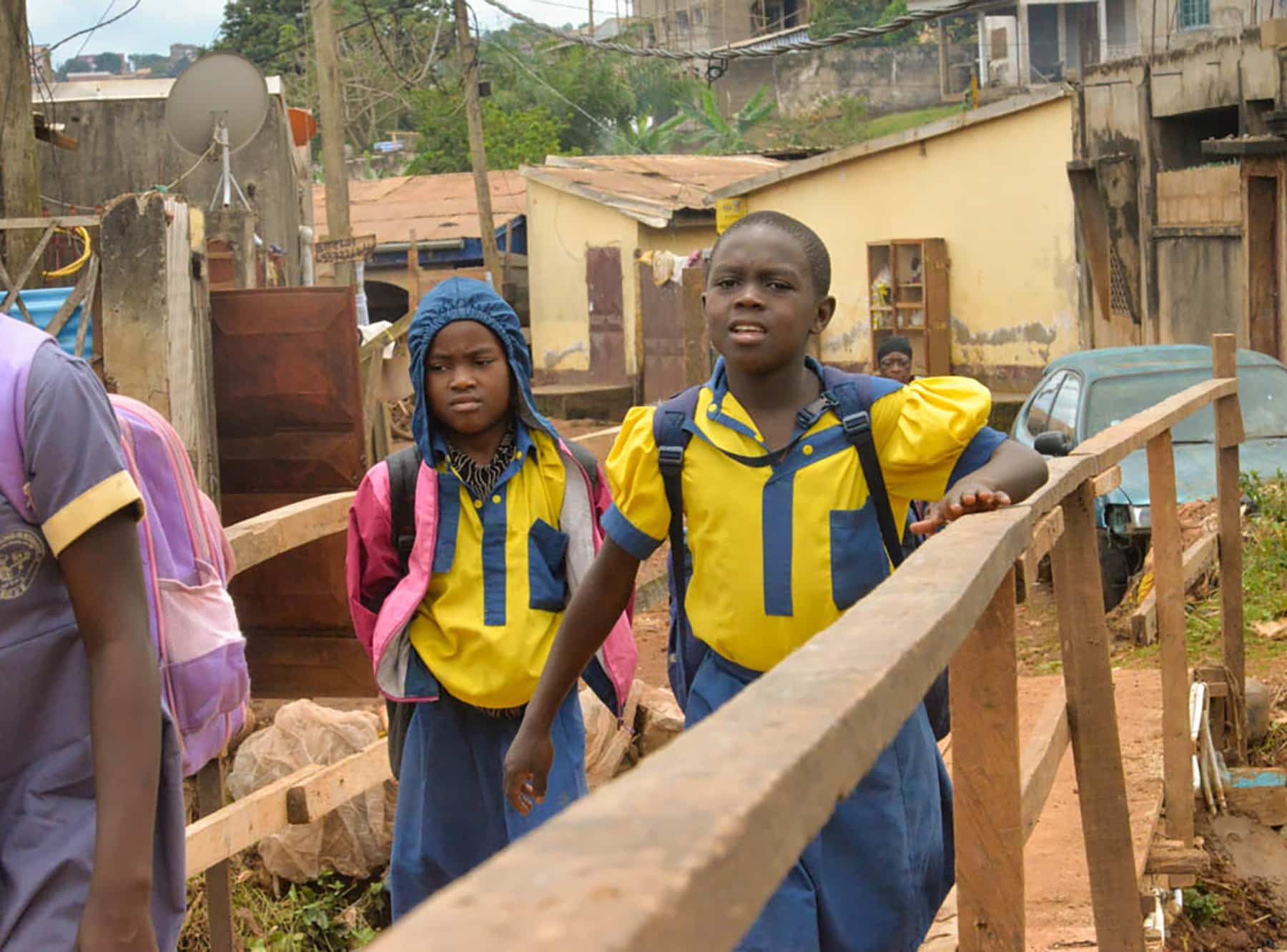

“We walk this road every morning,” recalled Stacey, one of the older students in the group. “The hills and greenery of the Northwest are now only a memory in our minds. But we still believe education will lead us to a better future,” she added, determination in her voice.
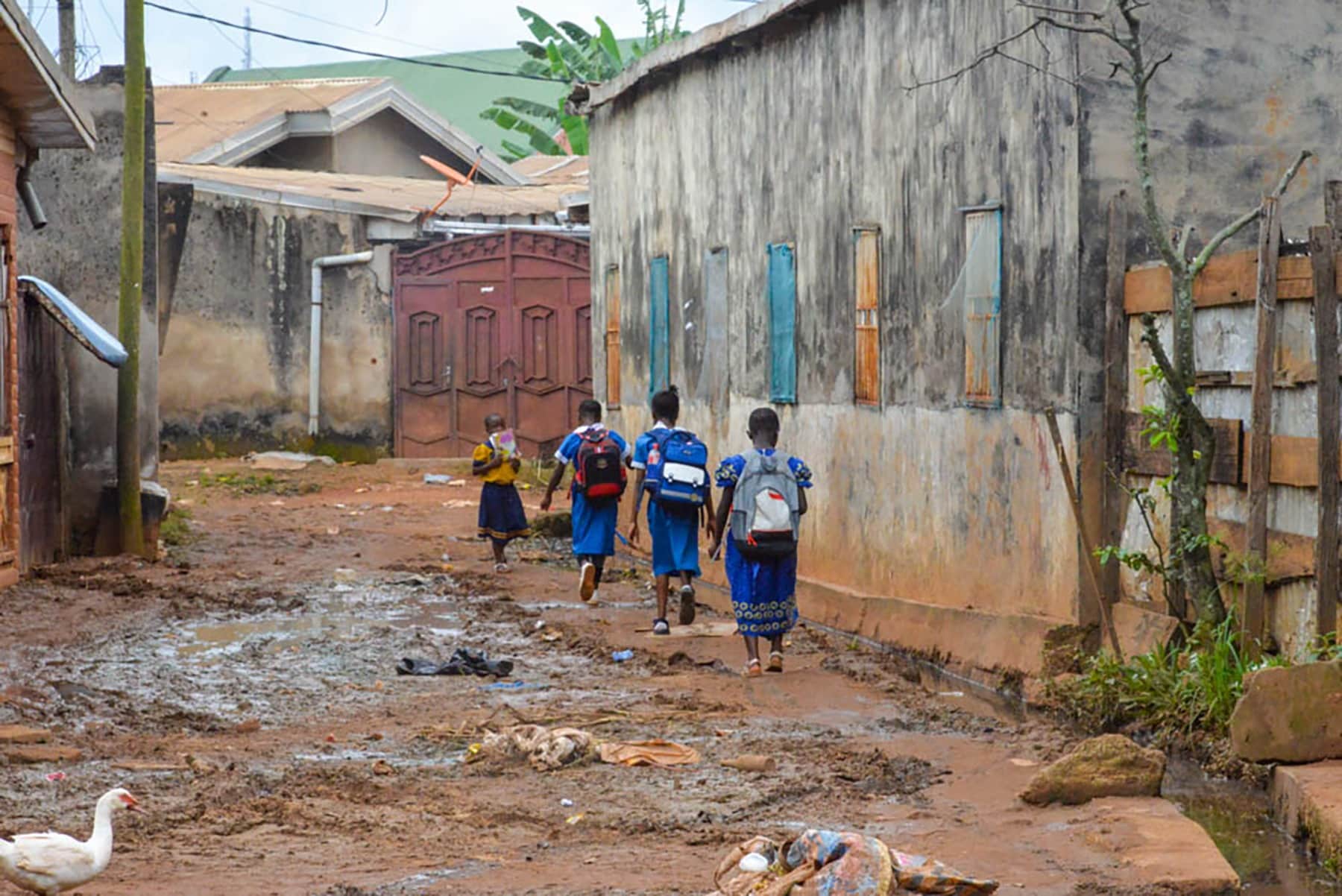
Once a sanctuary of learning and dreams, this classroom now stands silent, a poignant reminder of the disruption faced by countless children deprived of their education.
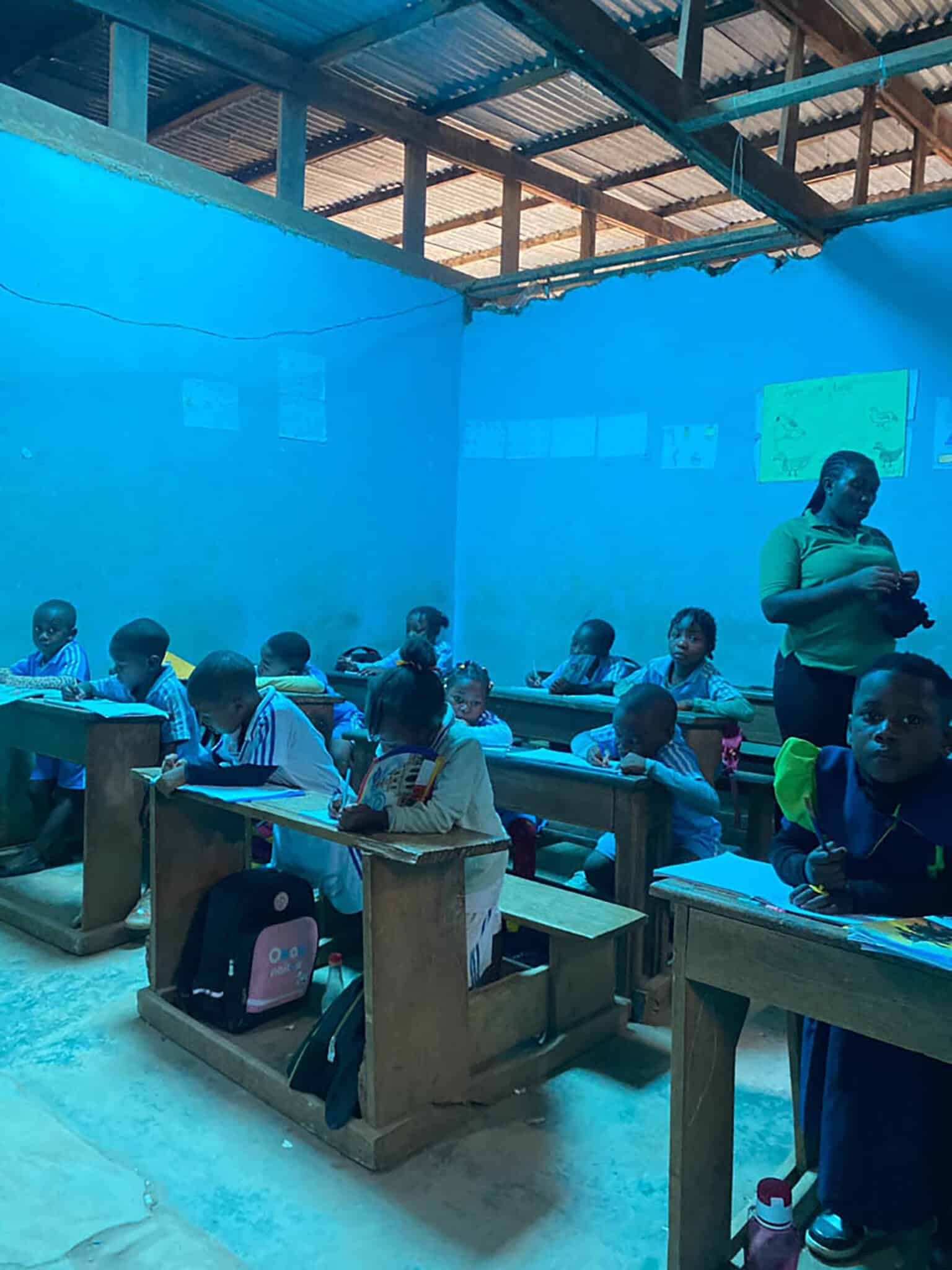
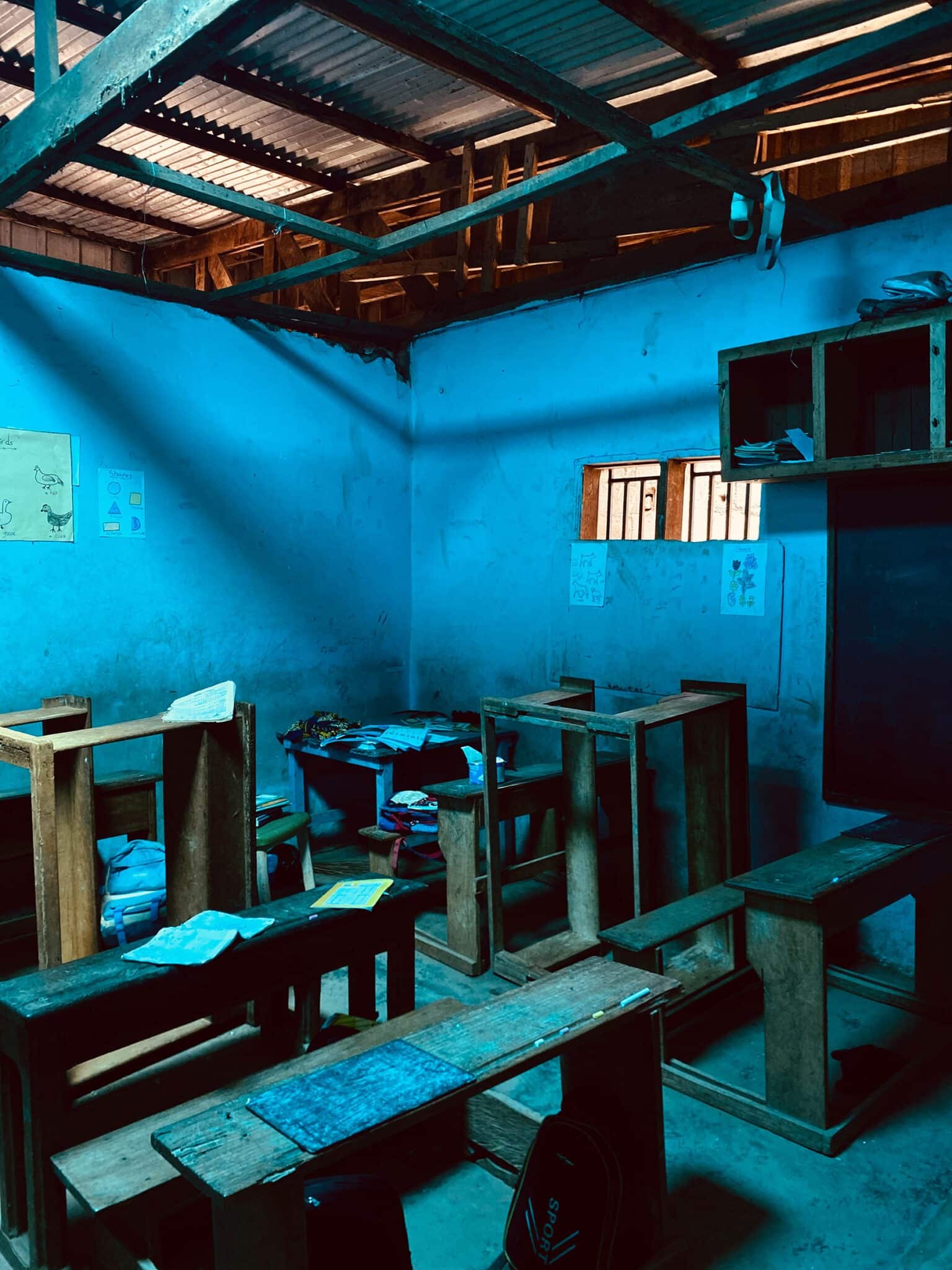
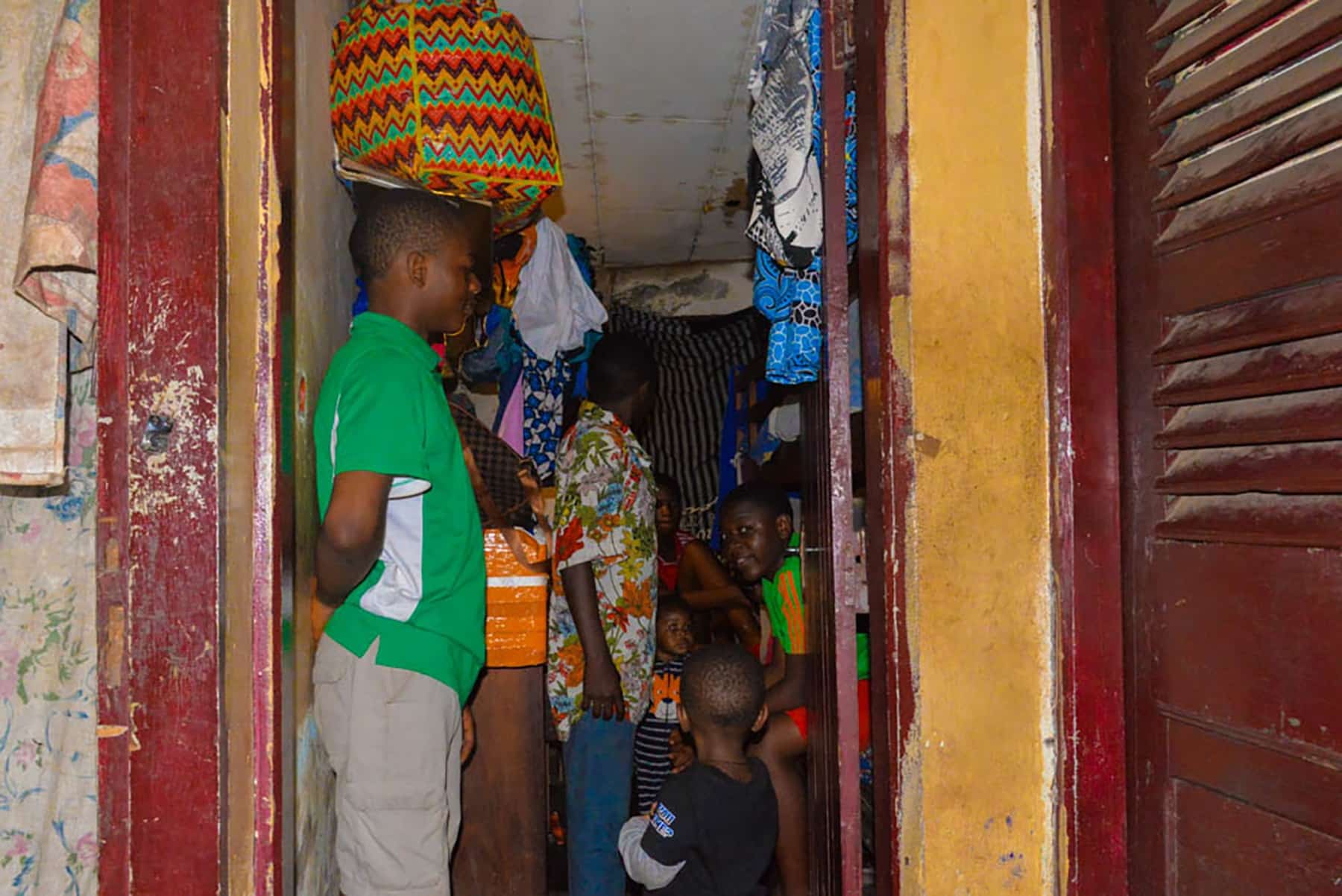
Through the open door, you can glimpse the close-knit bonds that form when space is scarce. “We may not have much room,” said Sam, standing at the entrance, “but we have each other, and that is more important than anything else right now.” For these families, strength comes from unity.

Within these crowded walls, love and strength flourish, demonstrating that even in limited space, the bonds of family can provide hope and comfort.
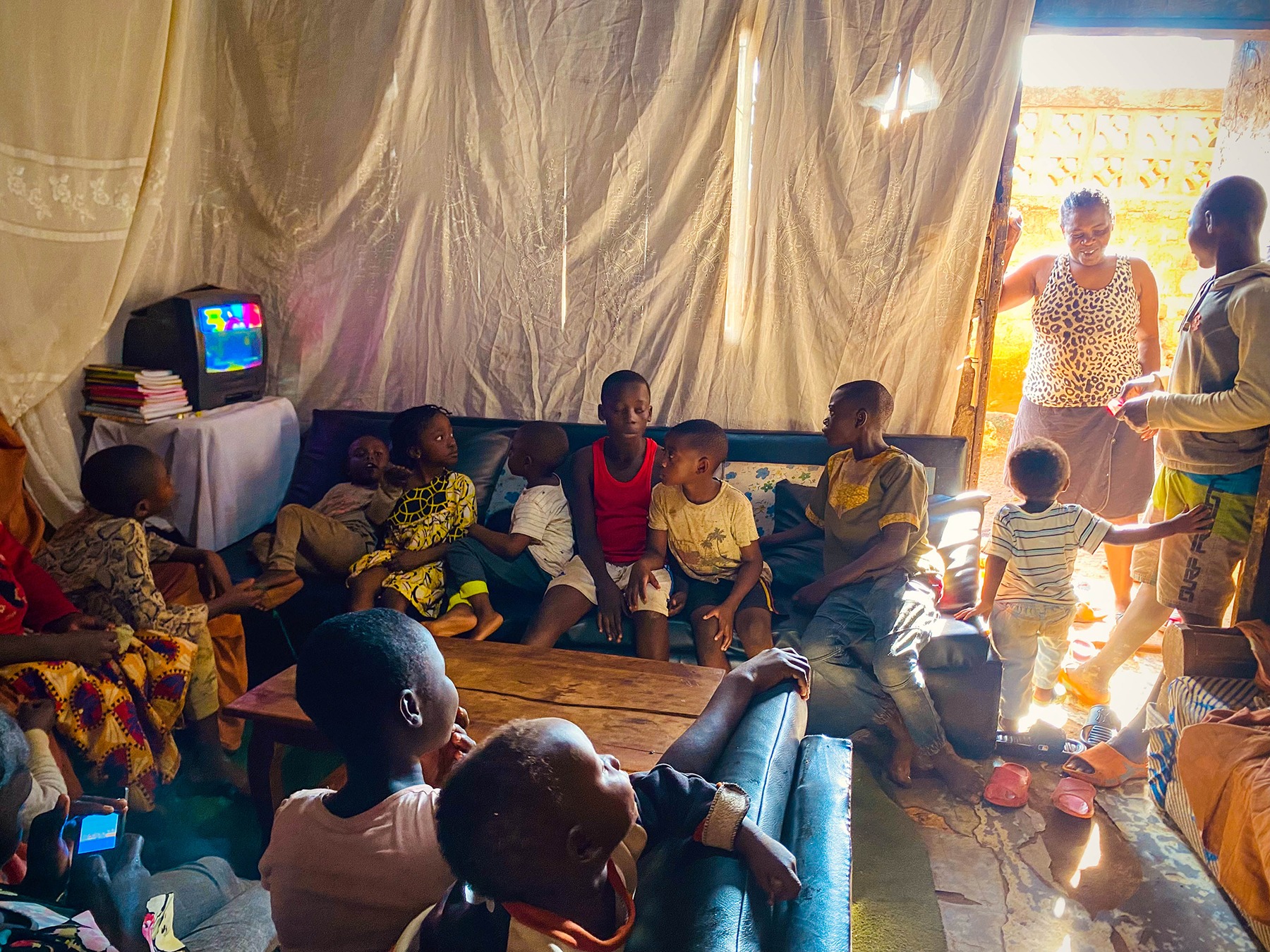

“We love to cook together,” said 25-year-old Mercy, as she stirred the pot of boiling cassava while her younger siblings peeled and chopped beside her. The fire crackles and each family member takes on a different task, their movements synchronized like an unspoken dance. “It’s not just food—it’s how we come together as a family,” she added with a smile. Around the fireside, they share more than just the work; they share stories, laughter, and a sense of belonging that binds them as one.
In the flickering light of a torch, a young mind perseveres, defying darkness to pursue knowledge, and illuminating the path towards a brighter future.
“I study every night, even if it’s just by candlelight,” said Bryce, his face glowing softly in the darkness. “No matter what happens around us, I won’t stop learning.” In this quiet moment, his dedication to education shines brighter than the light from the torch.
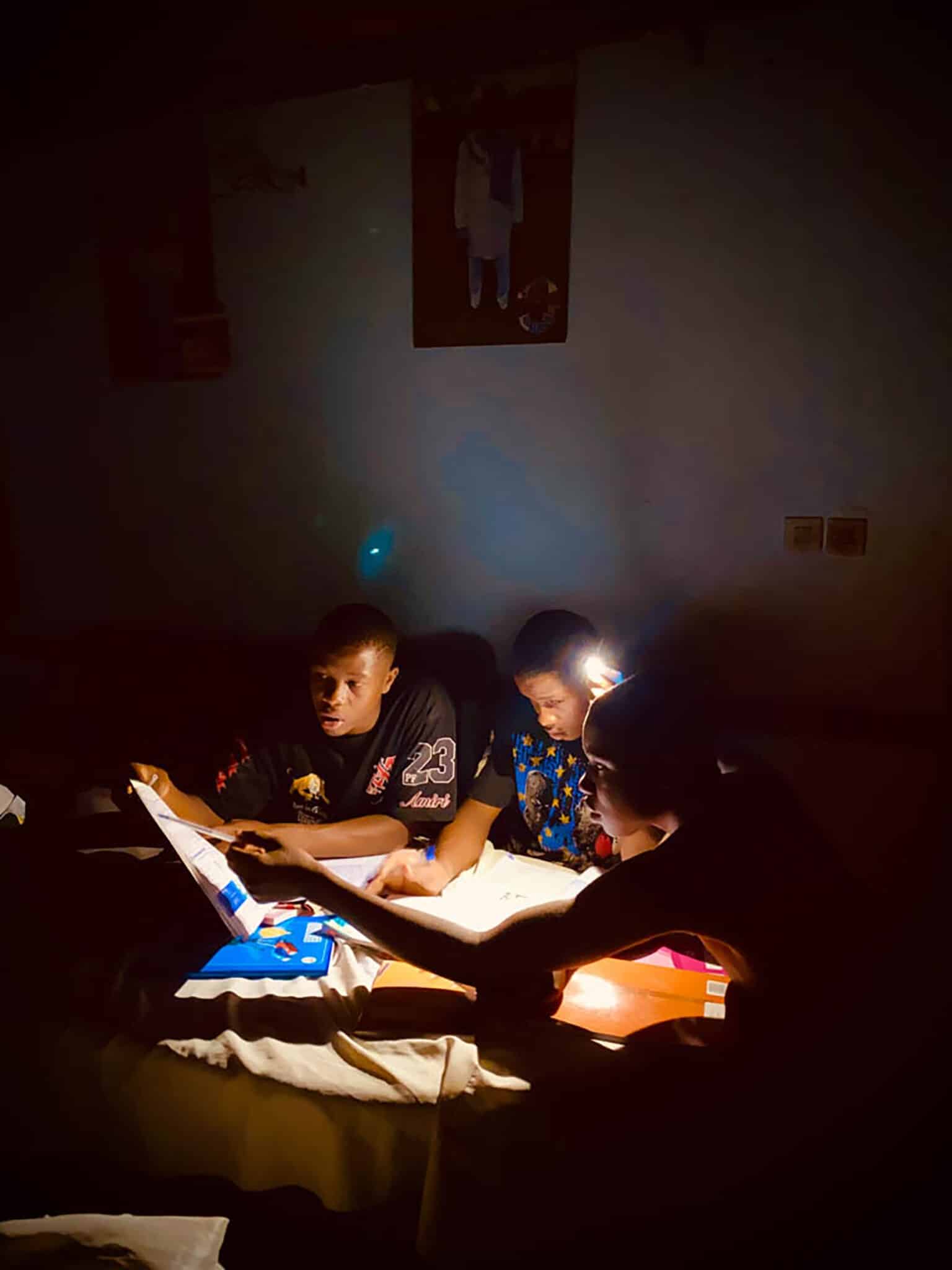
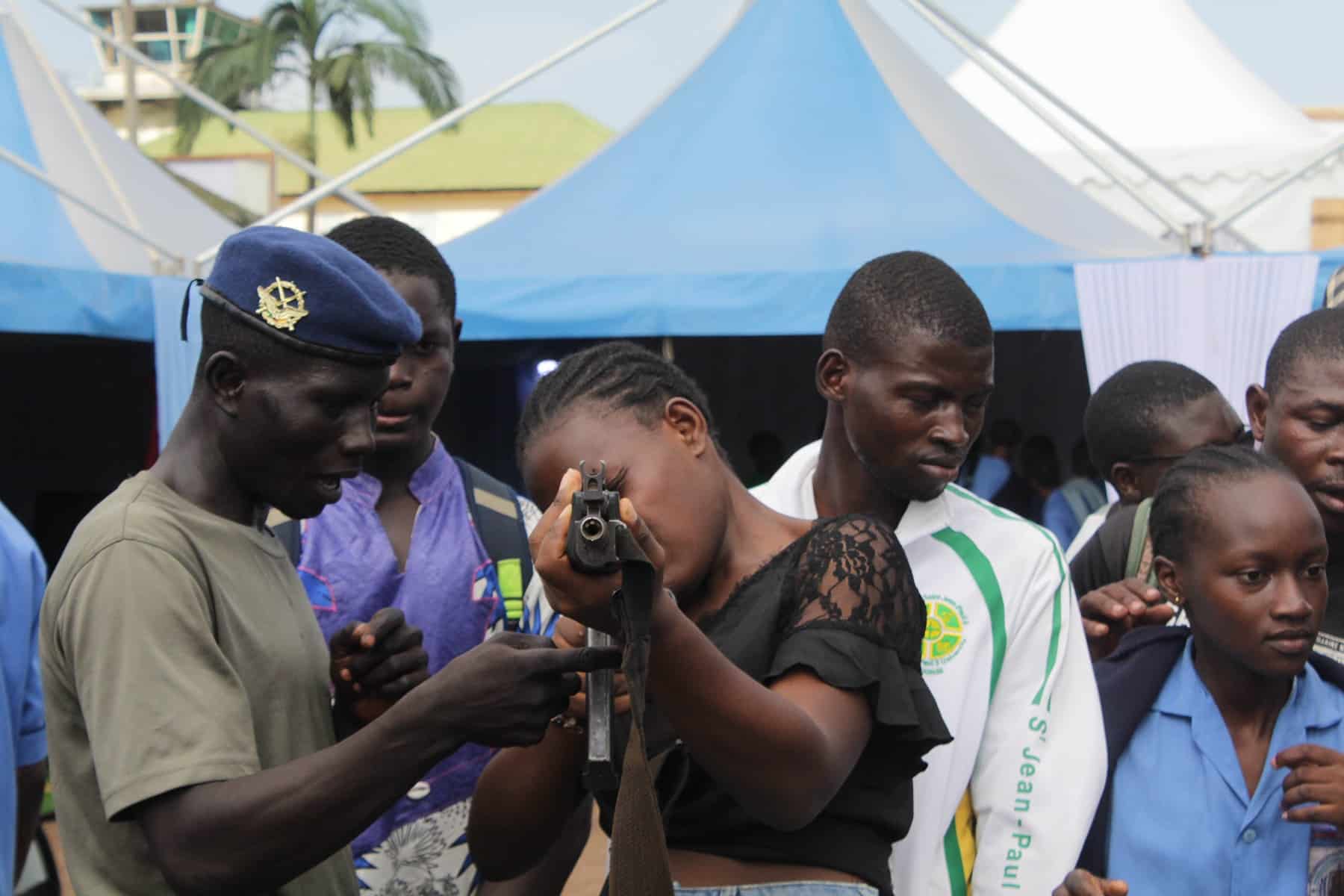
“This is how you hold it steady,” instructed the officer, as 15-year-old Sandra focused intensely on the gun in her hands. “I thought guns were only in movies,” she whispered, her fingers trembling slightly. The military expose was meant to inspire, but for Sandra, it was a complex mix of curiosity and fear. “I’d rather hold a book than this,” she later confided, her youthful innocence shining through.
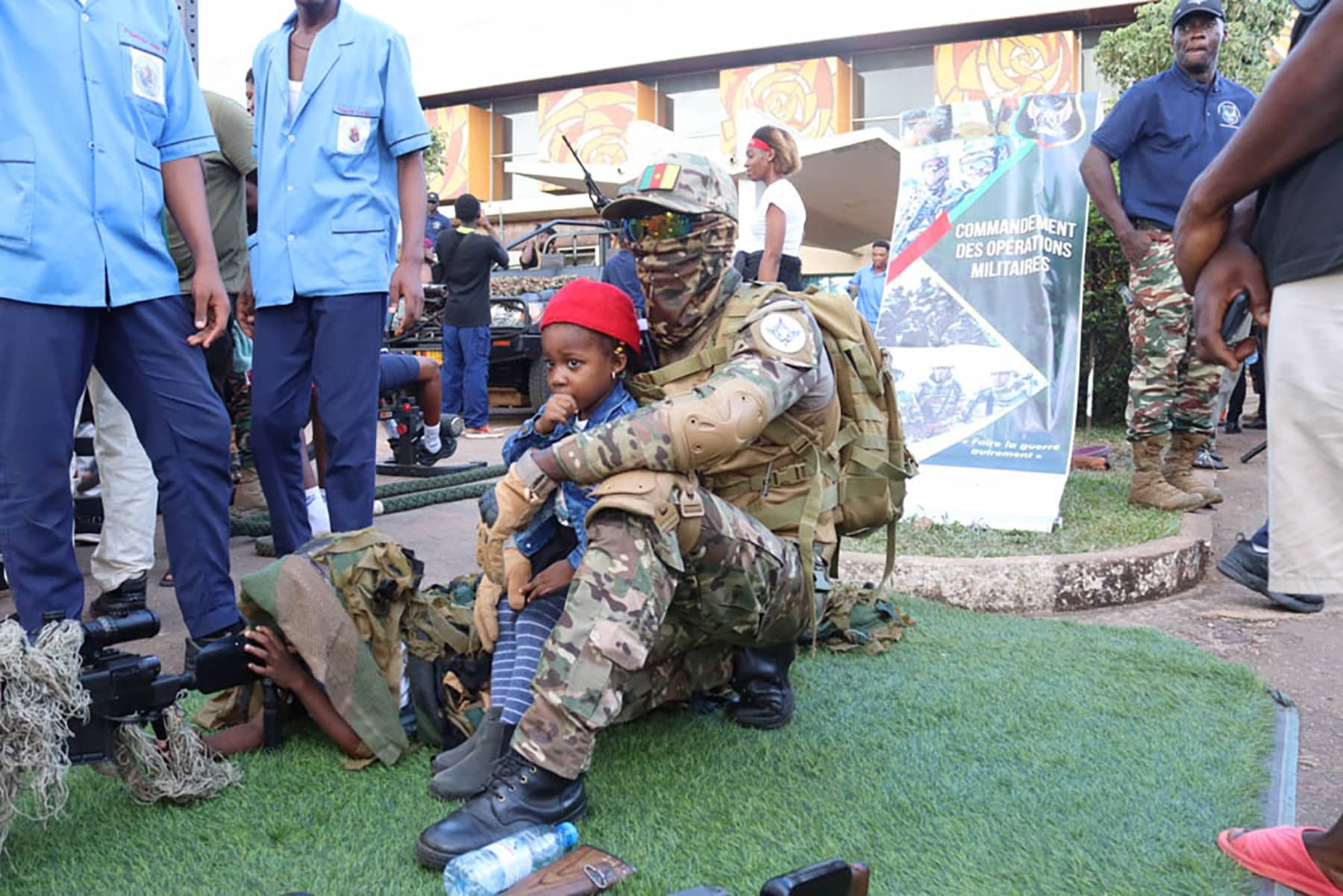
“They told me I have to be strong, even stronger than my father,” said 19-year-old Mark as he gripped the ropes, his young frame mimicking the movements of soldiers. The ropes snap against the ground in rhythmic thuds, a striking image of childhood intertwined with ideas of strength and endurance. “But I still want to be a doctor someday,” he added, eyes full of hope and resilience.
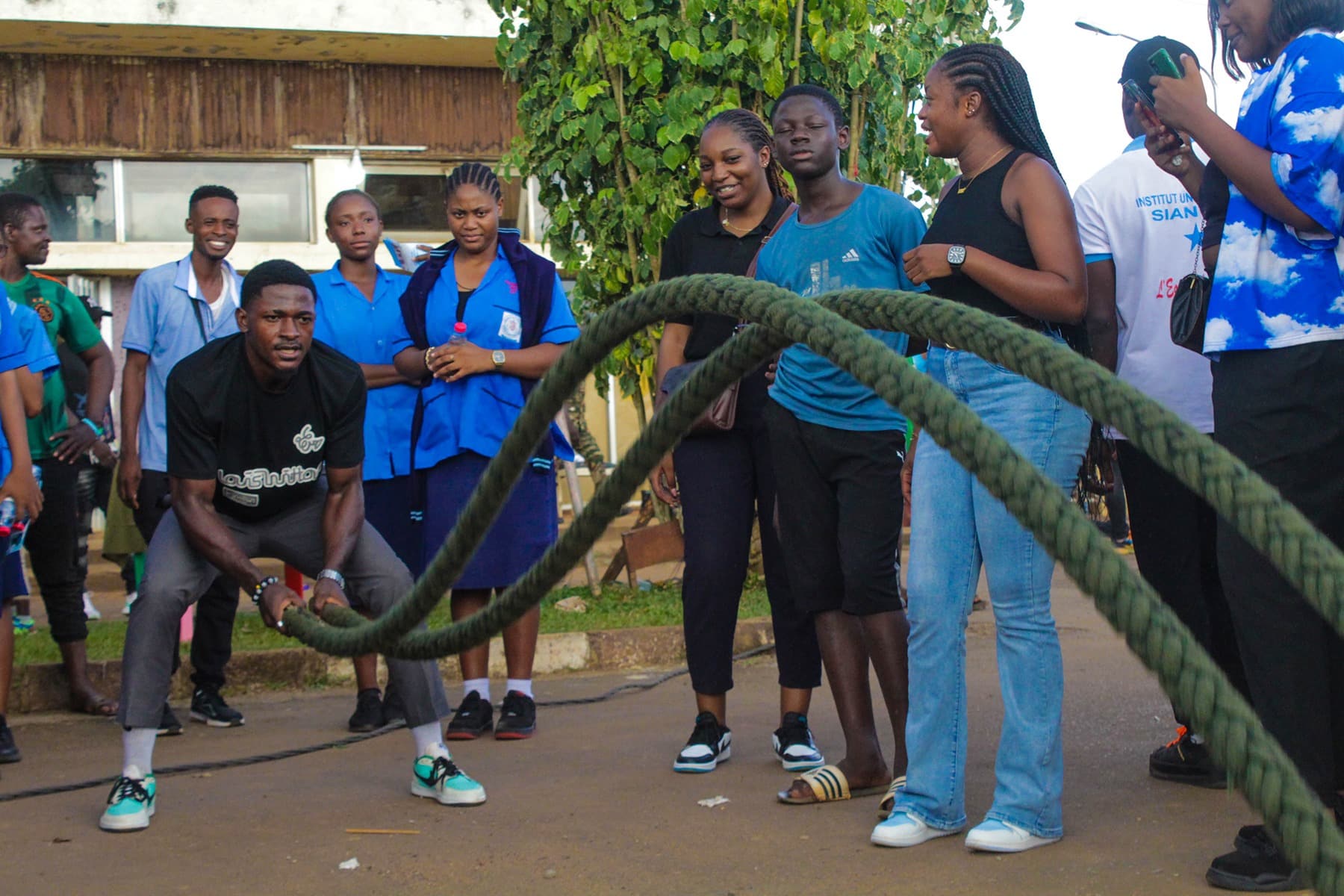
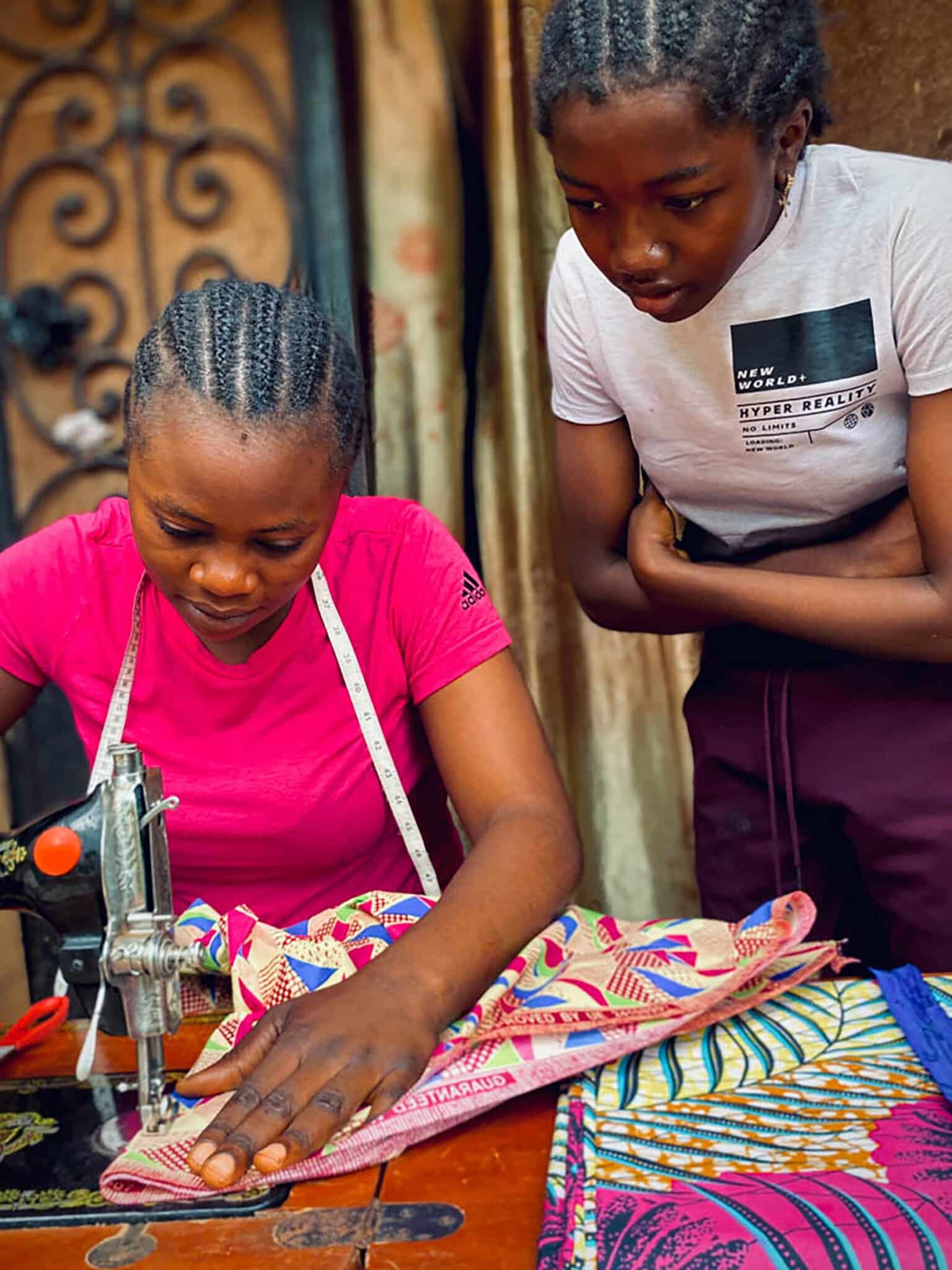
“It started small, but now I’m known in the neighborhood,” said 17-year-old Kelly, as her legs pedaled the sewing machine’s wheel. “I had to be resourceful and start this trade so I could support my parents,” she added. Despite the challenges, young entrepreneurs like Kelly are finding ways to thrive and support their families.
“I’ve been here every day for the last three years since I moved to this region,” said Maa Ruth, her hands swiftly organizing sacks of corn and spices in neat rows.
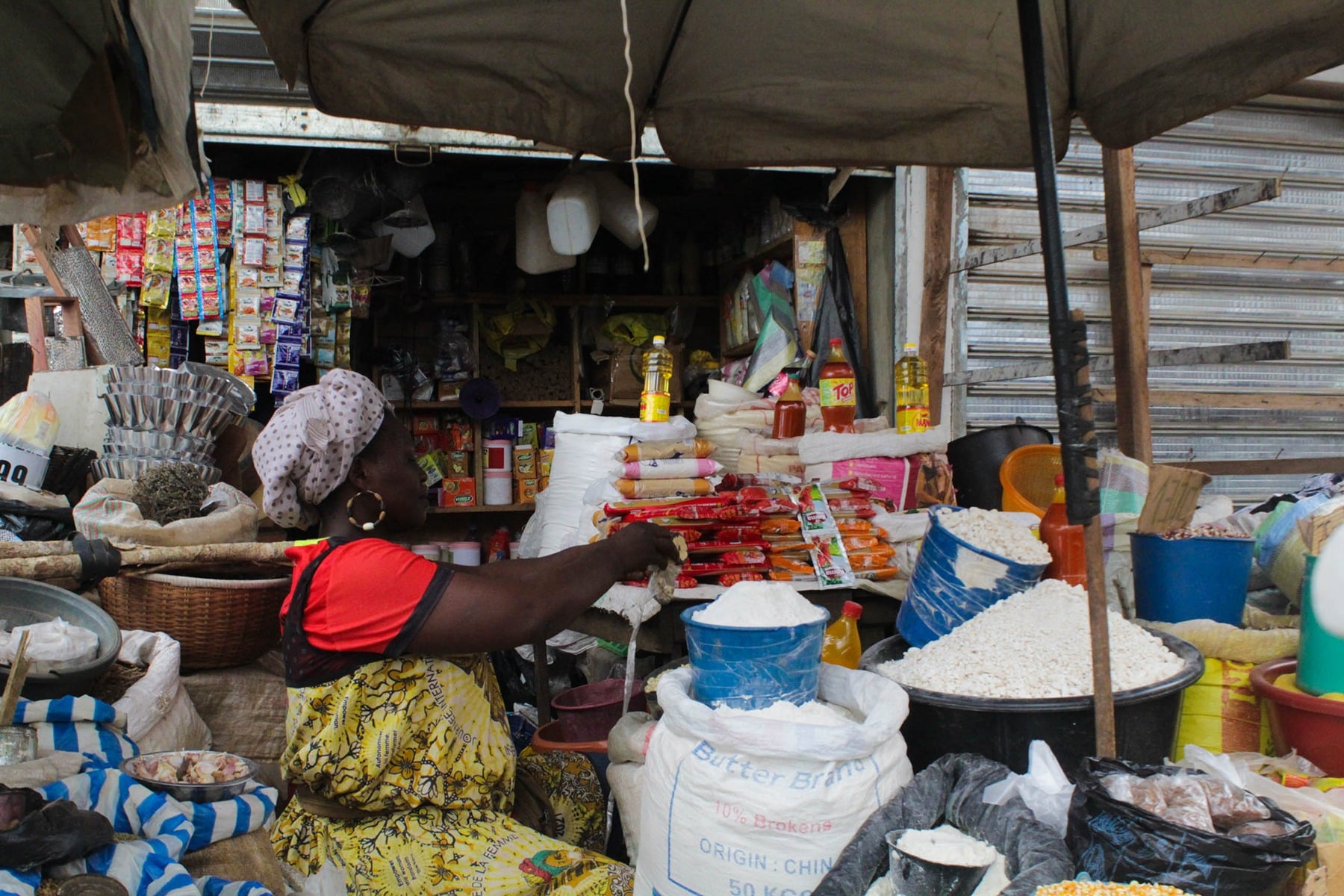
The vibrant colors of her spices—red, yellow, and deep brown—blend with the earthy tones of staple cereals that sustain the community. “These aren’t just products; they’re what keep my children in school and our family together,” she explained, her voice filled with quiet pride.
“There has been the challenge of the language barrier since the majority of my customers speak French and I don’t but I do my best to ensure I sell daily” she added. In the hustle and bustle of the market, Maa Ruth’s stall stands as a testament to her resilience and the vital role women play in their communities.
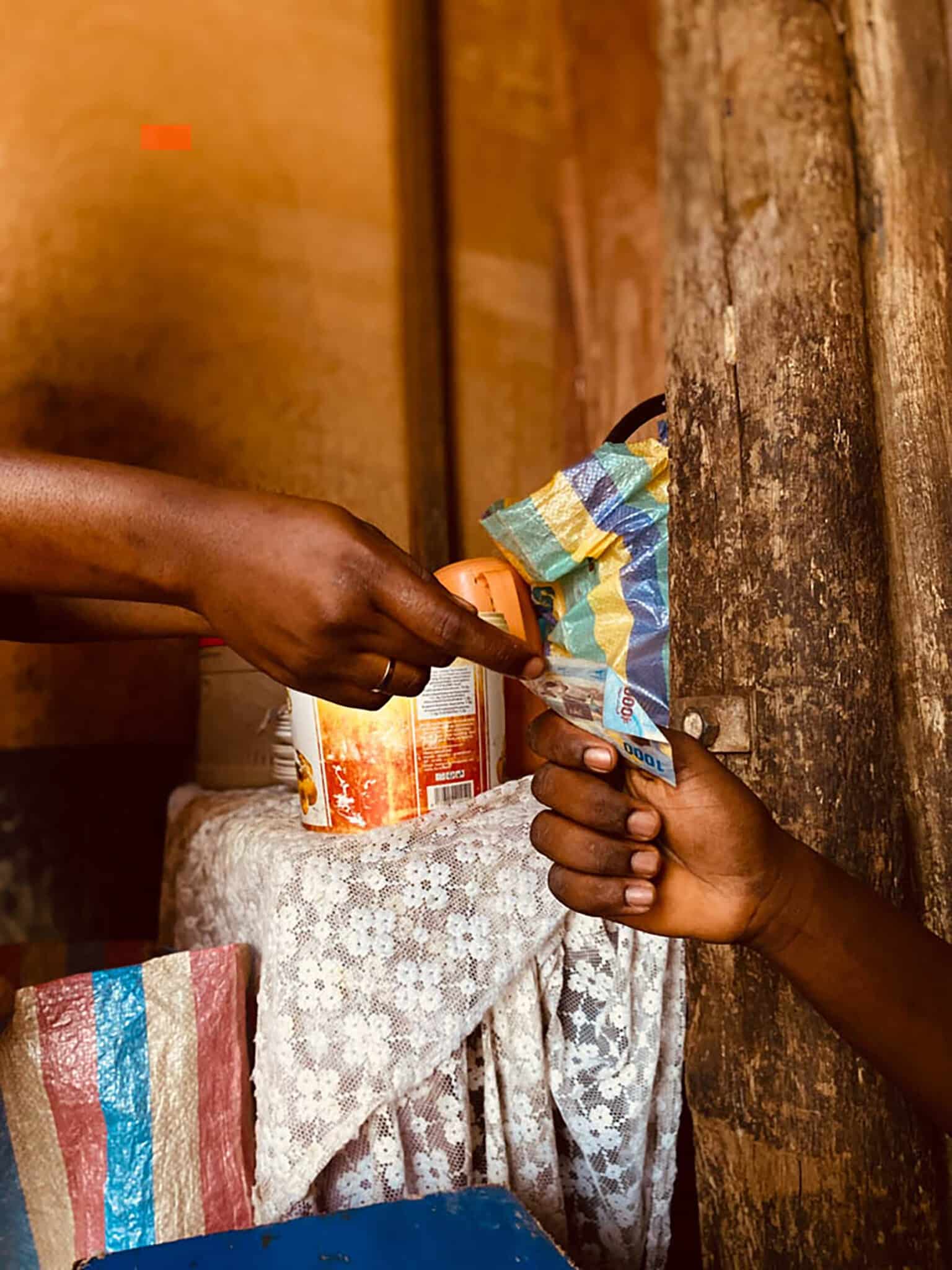
“This is how we survive,” said Emmanuel, his calloused hand passing the crumpled bill to the shopkeeper. In the simplest act of exchange, there’s a silent story of trust, resilience, and the daily struggle for survival. “Every note exchanged is a step toward another meal, another day,” he added. The gesture reflects not just a transaction, but the unspoken bonds that hold the community together in times of hardship.
Together, hands unite in the labor of love, rebuilding not just homes, but the very fabric of a community, proving that hope can rise from the ashes. “It’s hard work, but we’re rebuilding what we lost,” said Brandon, holding a brick in his hands. “We’re not just rebuilding houses, we’re rebuilding our lives.”
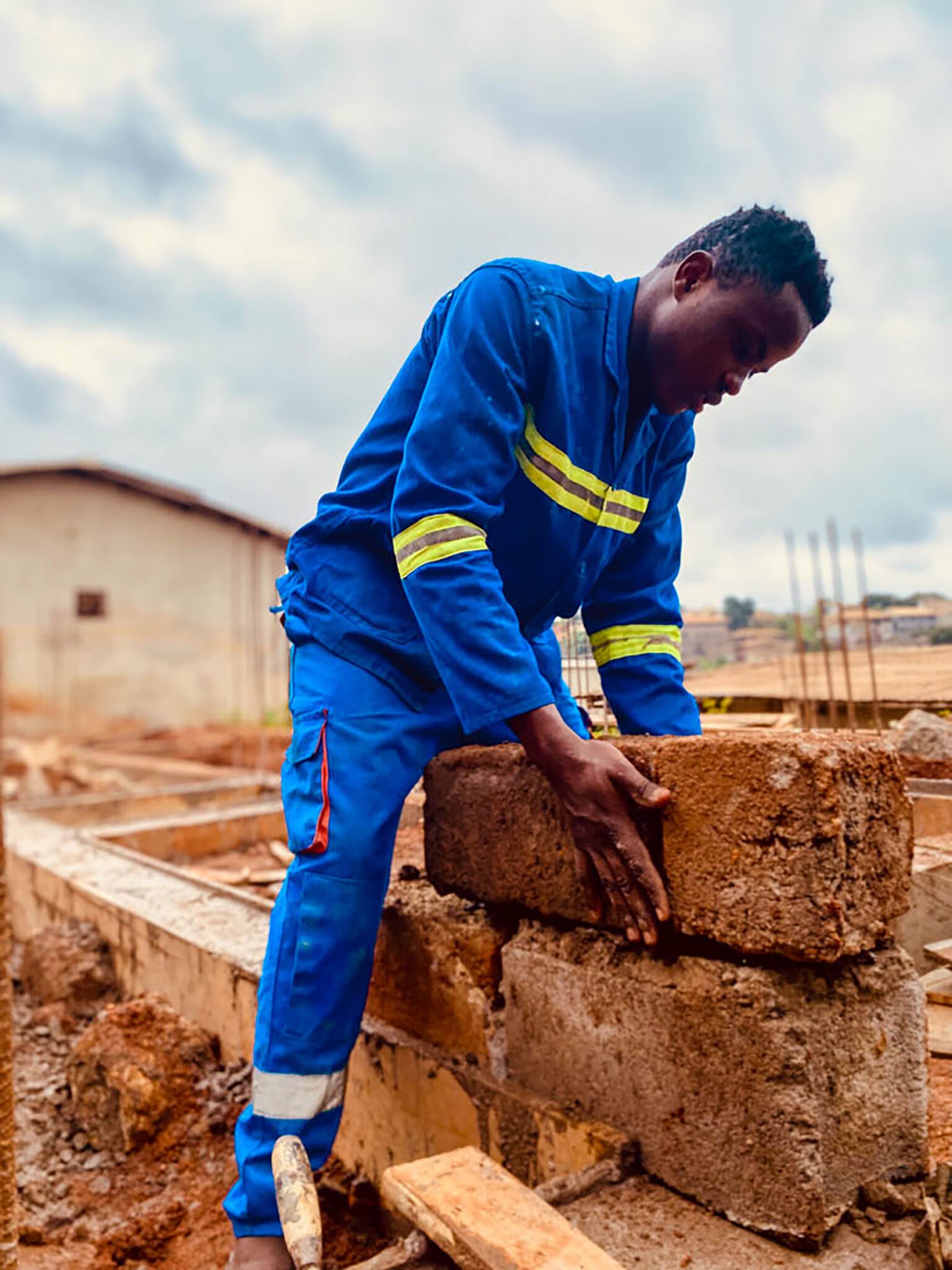

“This helicopter symbolizes hope and security,” said Diodonne, his gaze fixed on the aircraft’s gleaming exterior. As a former soldier, he knows firsthand the sacrifices made to protect the community.
“Events like this remind us of the efforts being made to ensure our safety,” he reflected. “But safety shouldn’t just be about military presence; it should be about creating a peaceful future for our children.” His words resonate in the air, highlighting the delicate balance between security and the longing for lasting peace in a community marked by conflict.
